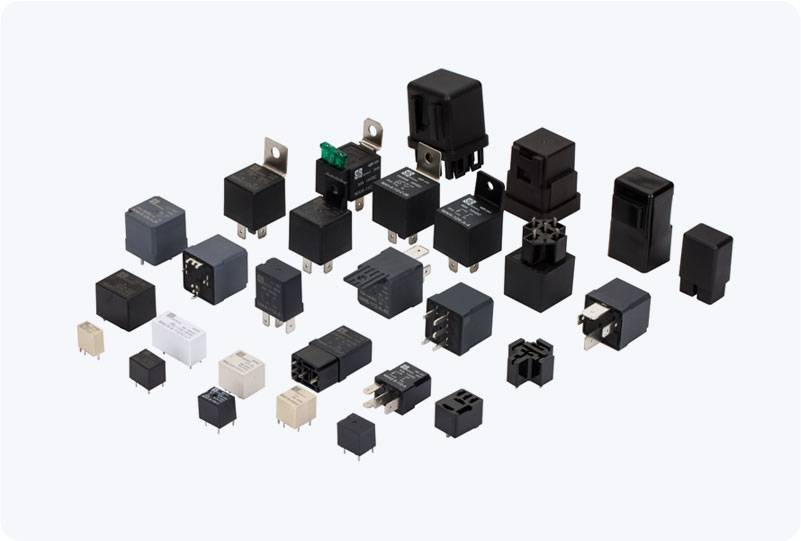Explosion-proof relays are critical components in electrical systems that operate in hazardous environments where explosive gases or dust particles are present. These relays ensure safe and reliable control of electrical circuits while minimizing the risk of sparks or overheating that could lead to catastrophic explosions. As industries such as oil and gas, chemical, mining, and pharmaceuticals rely on systems that must operate in potentially dangerous settings, understanding the function, design, and application of explosion-proof relays becomes paramount.

What Is an Explosion-Proof Relay? An explosion-proof relay is a specially designed electrical relay that is engineered to operate safely in environments where flammable gases, vapors, or dust may be present. These relays are built with robust construction materials and safety features that prevent the ignition of the surrounding hazardous atmosphere. The term “explosion-proof” refers to the relay’s ability to contain any internal explosions, preventing them from spreading to the external environment. Relays are used in electrical systems to control the flow of electricity. They function as switches that open or close electrical circuits in response to an input signal. In explosion-proof relays, this function is achieved without posing a risk of initiating an ignition in potentially explosive environments.
Leave a Reply